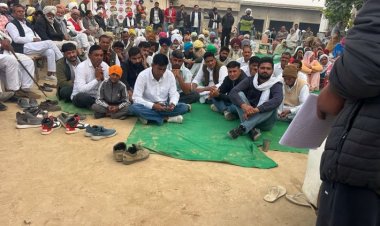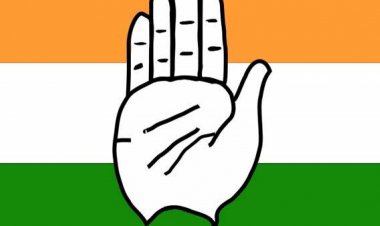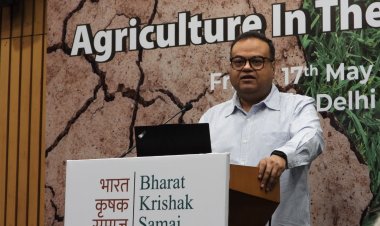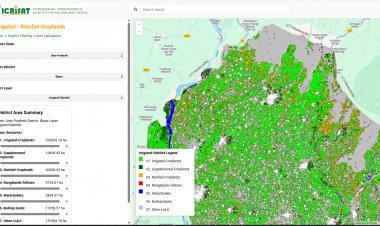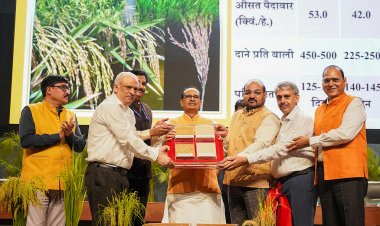The IMD has predicted that there will be no respite from sweltering heat over the next five days in the worst affected areas of Punjab, Haryana, Delhi, Rajasthan, Uttar Pradesh, Gujarat, and northwest Madhya Pradesh.
Large parts of the country are already under the grip of a blistering heat wave for nearly a week now, taking a toll on health and livelihoods.
In view of the torrid weather conditions, the Met Office has issued a red warning for these states, stressing the need for "extreme care for vulnerable people". It said extreme heat will continue in the lower hills of Himachal Pradesh, safe havens for people escaping the punishing heat in the plains, during the period.
On Tuesday, temperatures remained above 45 degrees Celsius in swathes of Rajasthan, Haryana, Delhi, Chandigarh, and Uttar Pradesh, affecting daily life as many chose to remain indoors in the afternoon. Parts of Gujarat reeled from the deadly combination of high heat and humidity.
Mercury soared to a blistering 47.8 degrees Celsius in Haryana's Sirsa, making it the warmest place in the country on Tuesday.
In Delhi, temperatures dropped a few degrees compared to the previous days but remained three to five notches above normal for this time of the year.
Officials said the national capital's peak power demand reached an all-time high of 7,717 MW on Tuesday afternoon, as households and offices increased the use of air conditioners. The power demand is projected to cross 8,000 MW, peaking at around 8,200 MW this summer.
The IMD had earlier warned of extreme heat in India during the April-June period, coinciding with the seven-phase Lok Sabha elections that end on June 1.
Severe heat waves have impacted a large number of people in parts of India for three years in a row, affecting health, water availability, agriculture, power generation, and other sectors of the economy. The crippling heat particularly strains low-income households, which often have poor access to water and cooling, and tests the endurance of outdoor workers toiling in the searing sun, forcing them to take frequent breaks.
Parts of India logged record-smashing maximum temperatures in April too, prompting health warnings from government agencies and a few states to suspend in-person classes in schools. Several places recorded their highest-ever April day temperatures, and at least five people died in the country due to suspected heat stroke during this period.
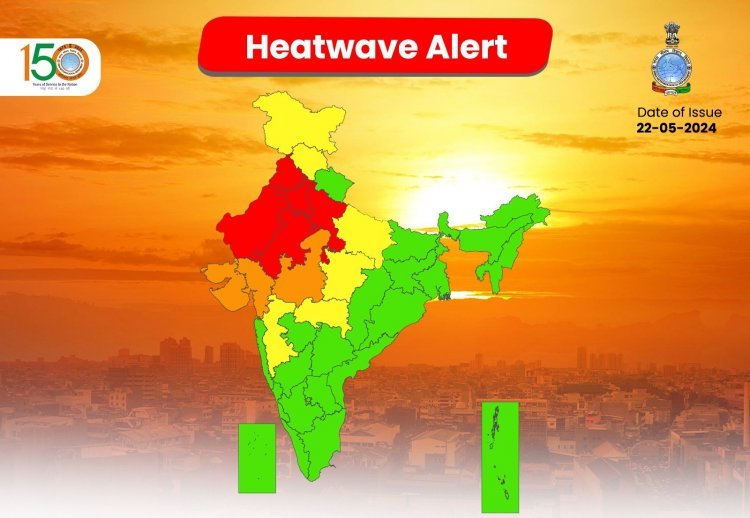



 Join the RuralVoice whatsapp group
Join the RuralVoice whatsapp group




















